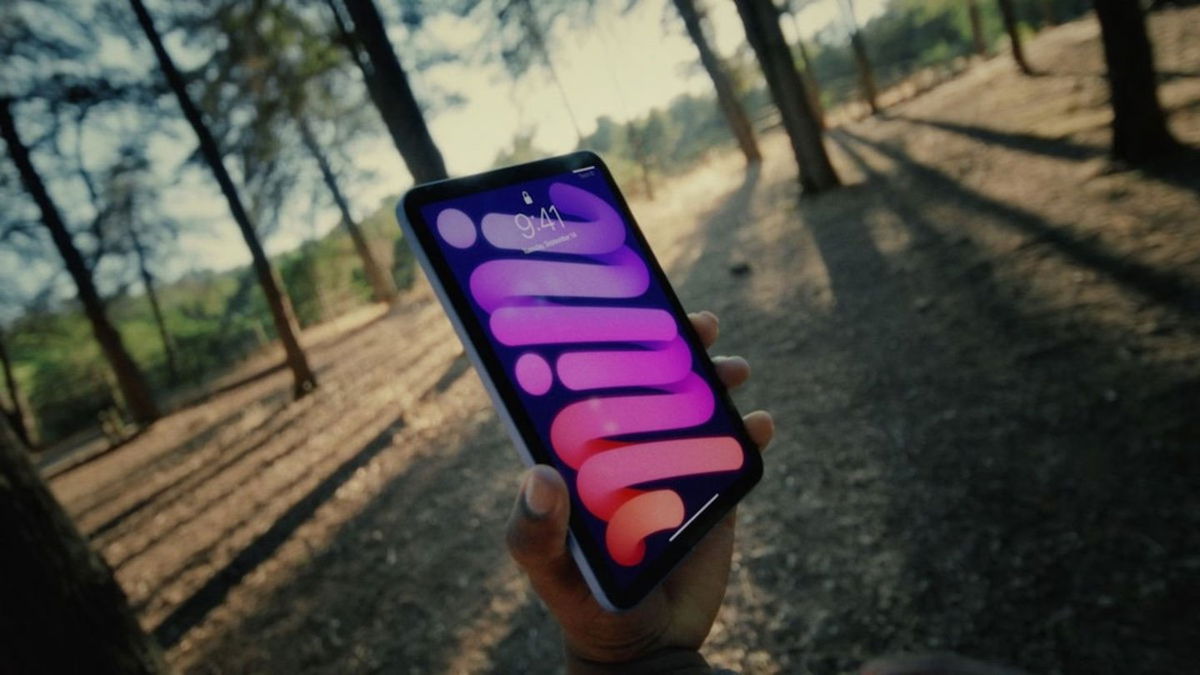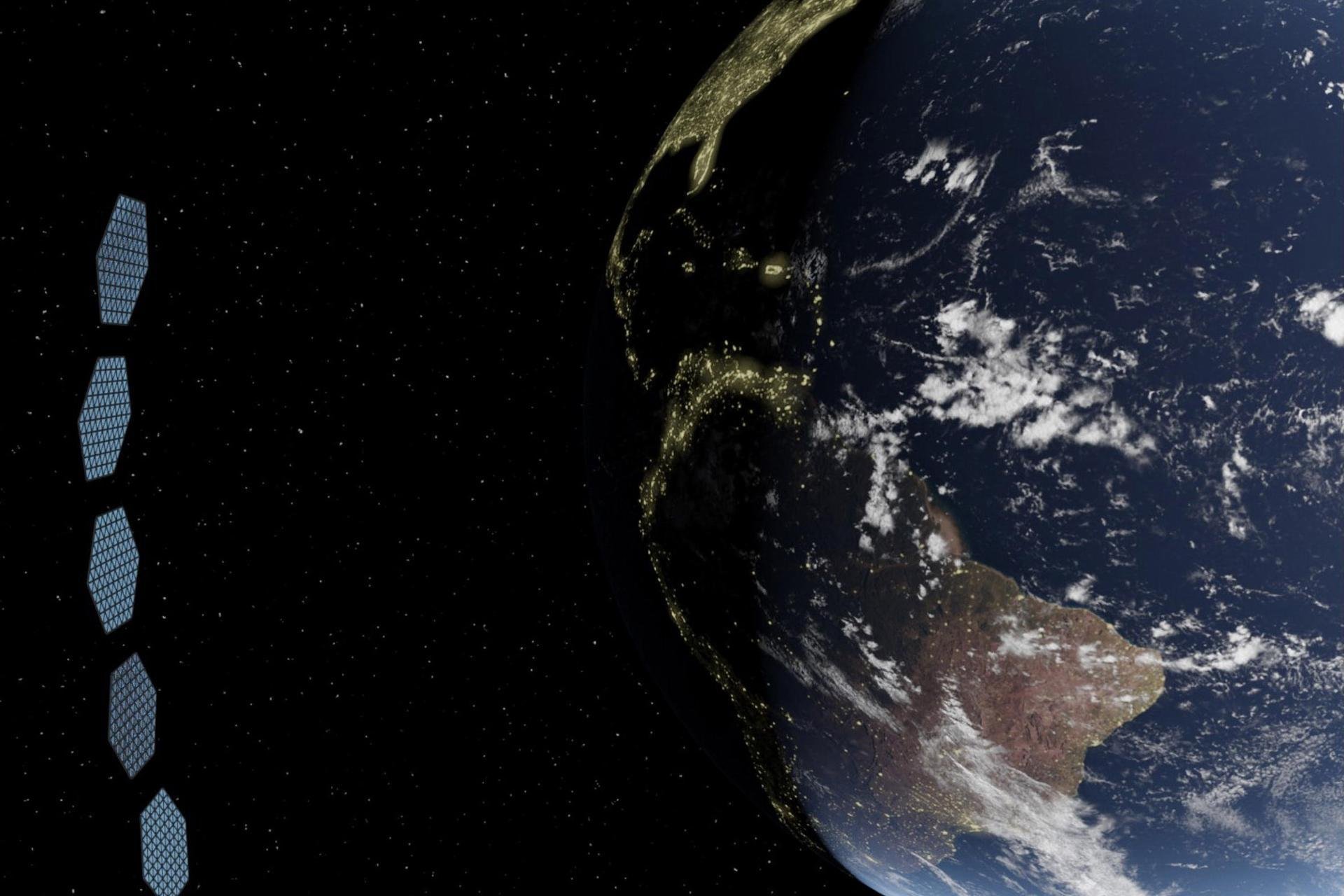A visionary idea contained in a book by scientist and astronautics pioneer Hermann Oberth Ways to travel in space This invention from 1929 may be one step away from becoming a reality: orbital mirrors that could illuminate cities, protect crops from frost, and keep northern hemisphere cities more livable during long winter periods.
A California startup called Reflect Orbital recently announced at the latest International Space Energy Conference in London: Launching a constellation of orbital mirrors that will beam sunlight onto photovoltaic installations at nightIncreasing renewable electricity production. A prototype of the technology will already be above our heads next year.
Planning initially includes placement 57 small satellites in sun-synchronous orbit at an altitude of 600 kilometers above EarthAccording to a presentation by Ben Nowack, founder and CEO of Reflect. The idea is that the mirror constellation will fly over every point on Earth, making two passes per day as the planet rotates.
What do orbital solar reflectors look like?
The biggest problem with solar energy, Nowack explained at the conference, is that “it’s not really available when we want it.” In this sense, reflector-based technologies can provide photovoltaic energy before and after sunset.
For example, this first constellation consisting of 57 satellites, It has the capacity to provide additional 30 minutes of sunlight to the power plants upon request.. Each Reflect Orbital satellite weighs only 16 kg and measures 9.9 x 9.9 metres. They will be equipped with mirrors made of mylar, a plastic material used in space blankets, insulators and packaging.
These reflectors are designed to concentrate light into a compact beam that can be directed and focused at the request of solar farm operators. Noback promises that it is easy to operationalize. “Log on to a website, enter your GPS coordinates, and we’ll get some sunshine after dark.”explains the engineer.
Environmental Impacts of Solar Energy Satellites
Nowack, who is already preparing for possible questions, explained the following in his presentation: Reflective mirrors are designed to prevent any form of light pollution.. “If you are about ten kilometers from the edge of a solar park, you will not see any light when you look directly at the sky,” the manager assures.
This did not prevent orbital mirrors from having opponents even before launch.
At the same conference in London, Andrew Williams, head of external affairs at the European Southern Observatory (ESO), warned of the risk of these structures shining brighter than the brightest stars: and harming the work of astronomers, as is already the case with internet satellite constellations.
Is there anything you want to ask? Tell us on our social networks and get the opportunity to share the article with your friends.
Source: Tec Mundo
I’m Blaine Morgan, an experienced journalist and writer with over 8 years of experience in the tech industry. My expertise lies in writing about technology news and trends, covering everything from cutting-edge gadgets to emerging software developments. I’ve written for several leading publications including Gadget Onus where I am an author.












